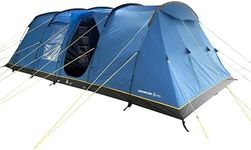Buying Guide for the Best Camping Tents
Choosing the right camping tent is crucial for a comfortable and enjoyable outdoor experience. The right tent will protect you from the elements, provide enough space for your needs, and be easy to set up and transport. When selecting a tent, consider factors such as the number of people it needs to accommodate, the type of camping you'll be doing, and the weather conditions you expect to encounter. Understanding the key specifications will help you make an informed decision that suits your camping style and preferences.CapacityCapacity refers to the number of people a tent can comfortably accommodate. This is important because it determines how much space you'll have inside the tent. Tents are typically labeled as 1-person, 2-person, 3-person, etc. If you plan to camp alone, a 1-person tent might suffice, but if you want extra space for gear or prefer more room, consider a 2-person tent. For families or groups, choose a tent that matches the number of people plus extra space for comfort. Always consider your personal space needs and any gear you need to store inside the tent.
SeasonalitySeasonality indicates the types of weather conditions a tent is designed to withstand. This is crucial for ensuring your safety and comfort in different climates. Tents are generally categorized as 3-season or 4-season. A 3-season tent is suitable for spring, summer, and fall, providing ventilation and protection from rain. A 4-season tent is designed for winter conditions, offering sturdier construction to handle snow and strong winds. Choose a tent based on the typical weather conditions you expect to encounter during your camping trips.
WeightWeight is the total mass of the tent when packed, which is important for portability, especially if you're backpacking. Lightweight tents are easier to carry and are ideal for hikers who need to minimize their load. Heavier tents might offer more durability and space but can be cumbersome to transport. Consider how you'll be traveling to your campsite; if you're driving, weight might be less of a concern, but if you're hiking, aim for a tent that balances weight with the features you need.
Setup EaseSetup ease refers to how simple and quick it is to pitch the tent. This is important for convenience, especially if you arrive at your campsite late or in bad weather. Tents with fewer poles and intuitive designs are generally easier to set up. Some tents come with color-coded poles or clips to simplify the process. If you're new to camping or prefer hassle-free setup, look for tents advertised as easy to assemble. Consider practicing at home to ensure you're comfortable with the setup before heading out.
MaterialMaterial refers to the fabric and construction of the tent, which affects durability, weather resistance, and breathability. Common materials include nylon and polyester, which are lightweight and water-resistant. Canvas tents are heavier but offer excellent durability and insulation. The material also influences the tent's ability to withstand UV rays and rain. Choose a material based on the climate you'll be camping in and your preference for weight versus durability. If you expect heavy rain, prioritize waterproof materials.
VentilationVentilation is the tent's ability to allow air flow, which is important for reducing condensation and maintaining comfort. Good ventilation prevents the tent from becoming stuffy and helps regulate temperature. Look for tents with mesh windows, vents, or doors that can be opened for airflow. If you're camping in hot weather, prioritize tents with ample ventilation options. Consider how much airflow you need based on the climate and your personal comfort preferences.





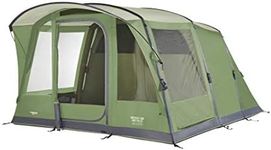
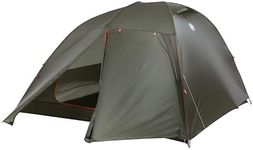



![Vango Purbeck 600XL Family Tent [Amazon Exclusive], Large 6 Man Tent with 3 Rooms, Enclosed Porch Area, Double Living Area, Climate Windows - Vivid Grey](https://images-proxy.bestreviews.guide/5wV7iMT7Y4lm801VA0VFuGGn7o0=/0x150/https://m.media-amazon.com/images/I/31QwzekSE2L._AC_CX679_.jpg)
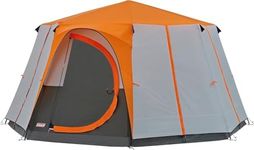
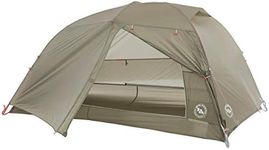
![Vango Farnham 500 Stylish 5 Man Tunnel Tent [Amazon Exclusive] with TBS II for All Weather Family Camping, Attached Sun Porch, Sewn-In Groundsheet, River Blue](https://images-proxy.bestreviews.guide/lOl3b7srnislEWVjPxjuE2HKmqw=/0x150/https://m.media-amazon.com/images/I/41pzrJulNpL._AC_CX679_.jpg)
